
Pedestrian Safety: Tips on How to Stay Safe at Night
Whether you’re out to experience the nightlife or you simply enjoy an evening stroll, it’s essential to understand the rules of pedestrian safety. Staying safe as a pedestrian in the

Whether you’re out to experience the nightlife or you simply enjoy an evening stroll, it’s essential to understand the rules of pedestrian safety. Staying safe as a pedestrian in the

Most medical malpractice cases involve misdiagnosis or delayed diagnosis, but there are a lot of factors that determine if you have a legal case. Diagnostic errors are common in the
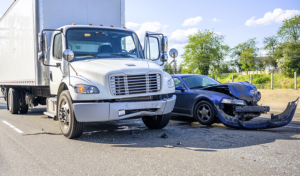
Accidents happen, but what percentage of accidents are caused by trucks? We’ve all experienced a traffic slowdown where multiple lanes are closed while police and emergency medical services work to
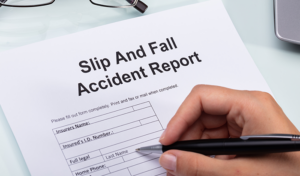
Slip and fall accidents can happen to anyone, anywhere, and anytime; knowing what steps to take after your fall is crucial. Slips, trips, and falls are some of the biggest
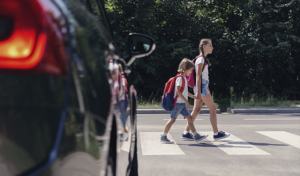
Pedestrians have the right of way, but not every driver pays attention or respects that, so it’s essential to teach your kids about pedestrian safety. Did you know that children
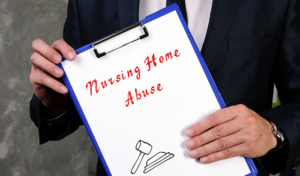
Nursing home abuse can happen right under your nose, and it’s not always obvious. Some of the signs are apparent, but some are very subtle. So, how can you tell
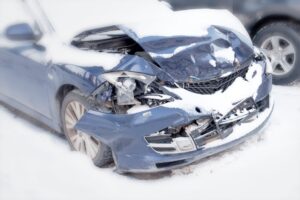
Whether it was last week or last year, moving on from a bad car crash can be difficult. At first, you might feel fine, but then it hits you later.

Being a safe motorcycle driver requires different skills than driving a car; however, road laws apply to every driver just the same. Consistent education, regard for traffic laws, and common
UTAH INJURY LAWYERS
Flickinger • Boulton
• Robson • Weeks
PROVO OFFICE
3000 N University Ave
Suite 300
Provo, UT 84604
SOUTH JORDAN OFFICE
10393 S. Temple Dr.
Suite 103
South Jordan, Utah 84095
OFFICE HOURS
Monday- Friday: 8AM-5PM
Saturday-Sunday: Closed
*Disclaimer: the information provided by this website is for informational purposes only and should not be considered legal advice or a substitute for competent legal counsel.
**SMS consent and contact phone numbers will not be shared or sold to third parties or their affiliates for any purpose.
© 2025 All Rights Reserved.